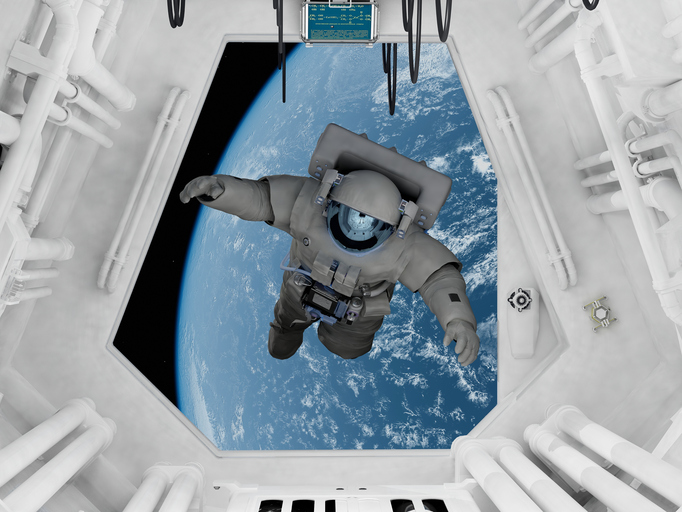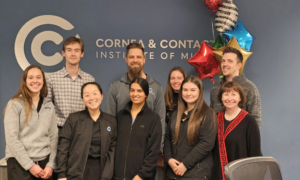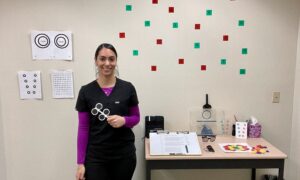August 15, 2018

Web Vision Technologies (dba of Web Vision Centers Group, LLC) was recently awarded two grants from Translational Research Institute for Space Health (TRISH) at Baylor College of Medicine to develop vision-testing devices for the National Aeronautical Space Administration (NASA) to be used on the International Space Station (ISS).
These devices will allow NASA scientists to detect, monitor progression and guide medical interventions for vision issues astronauts are experiencing on long-duration deep space missions.
Scientists have known for years that the human body suffers in the microgravity environment of space, according to Web Vision Technologies. The term “Spaceflight-Associated Neuro-ocular Syndrome” (SANS) has been adopted to describe the vision-related issues that happen to astronauts on long-duration spaceflight.
NASA has asked Web Vision to develop two different specialized vision testing devices:
The first device (in its second phase of development) is a compact, self-imaging retinal camera that will allow astronauts to take an image of their retina, so doctors on the ground can look for signs of SANS and monitor its progression.
The second device is a specially designed goggle-based headset that will allow astronauts to test the functionality of their visual field, along with other vision tests that can be performed with the same device.
Both technologies are designed to provide NASA scientists with the information they need to detect, monitor SANS progression and guide medical interventions for astronauts while still in space.
The Italian R&D subsidiary of NIDEK Co. Ltd, a provider of vision care instrumentation for the eyecare industry, has been tapped to help with the development, design and prototyping of the two devices.
“We are excited to be working with NASA on these two very important vision testing devices,” says Bob Main, CEO Web Vision Technologies. “We are passionate about helping the space program achieve their goal of returning to the moon and putting humans on Mars and we are confident that the team we have put together will be able to deliver the technology that NASA needs to help monitor and find a solution to the SANS vision issue affecting astronauts on long duration flights. We are also grateful to TRISH for supplying the funding necessary to develop this technology and many more in the future.”
To learn more about Web Vision Technologies or the projects currently in development, visit www.WebVisionTechnologies.net.



























